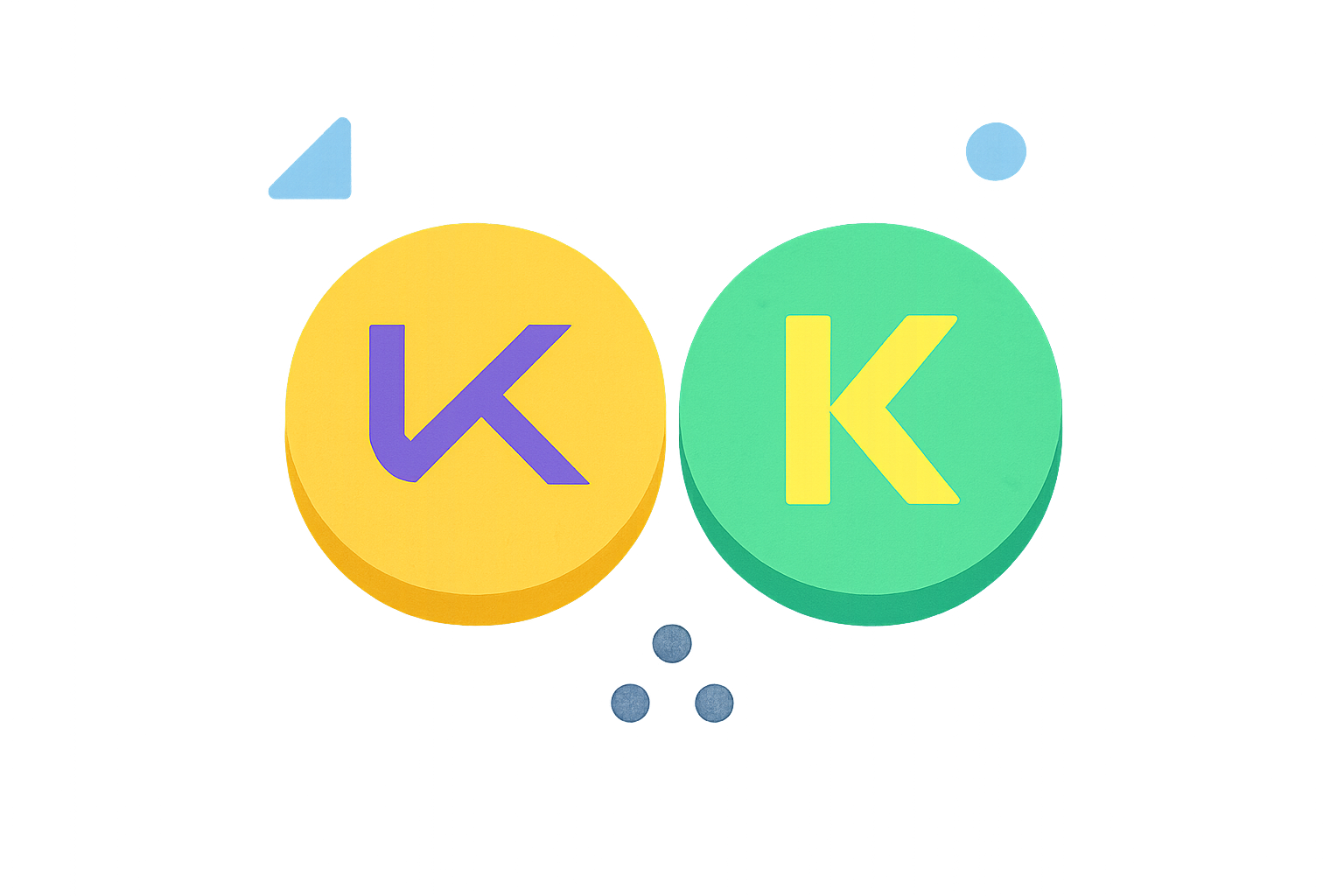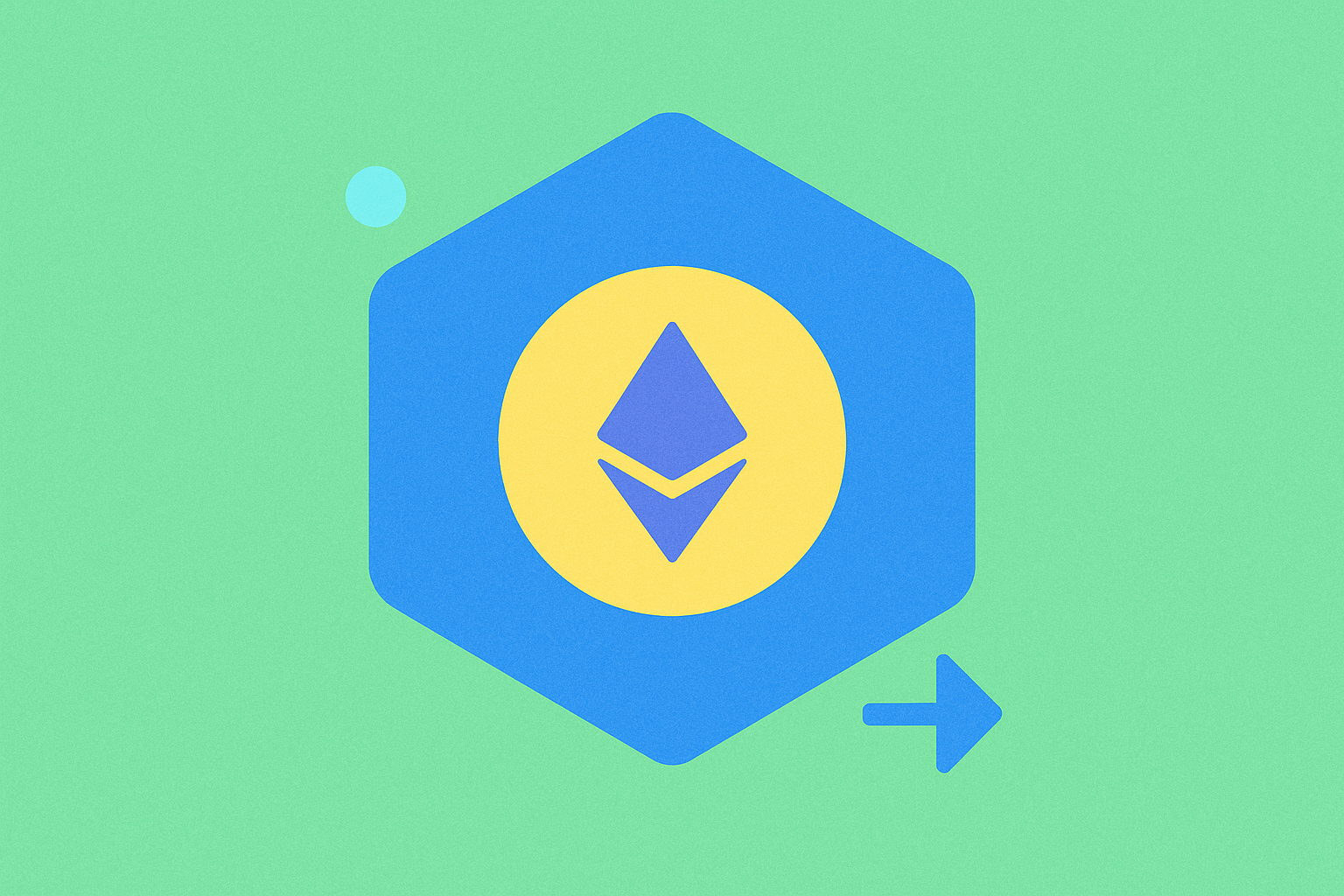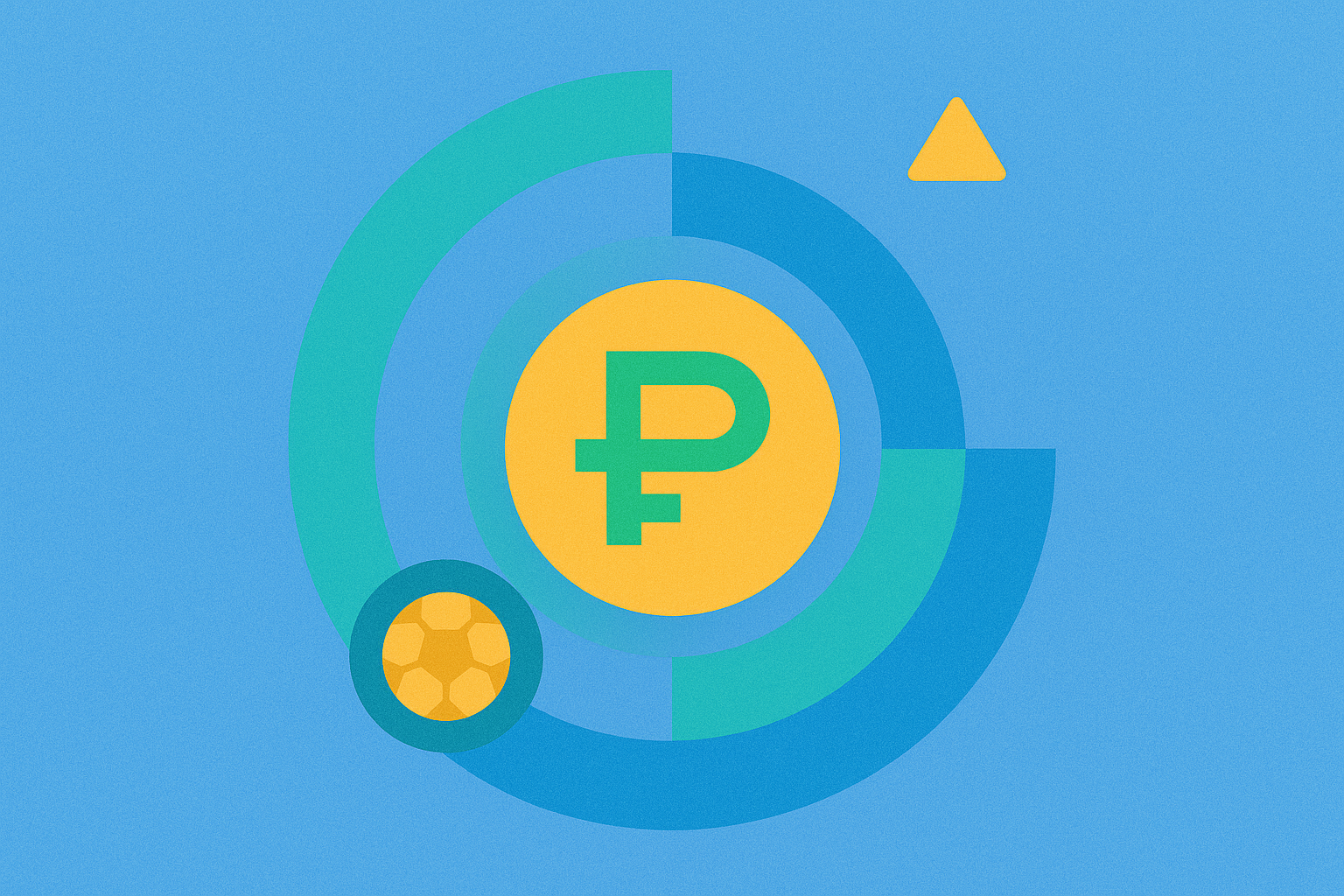2025 yılında SOL’un rakiplerinden hangi ana özelliklerle ayrıştığı nedir?

SOL, 65.000 TPS ve 10 milyar dolar TVL ile rakiplerini geride bırakıyor
Solana'nın dikkat çekici performans verileri, onu blokzincir sektöründe güçlü bir rakip haline getirdi. Teorik olarak saniyede 65.000 işlem (TPS) kapasitesine ulaşabilen Solana, hız ve ölçeklenebilirlik açısından pek çok ağı geride bırakıyor. Yüksek işlem hacminin yanı sıra, Solana'nın ortalama işlem ücreti 2025 yılının ilk çeyreğinde yalnızca 0,00025 dolar ile oldukça düşük seviyede kaldı. Ağın bu verimliliği, toplam kilitli değerin (TVL) 10 milyar dolara ulaşmasıyla yatırımcıların ve kullanıcıların ilgisini çekti.
Solana'nın rekabet avantajını aşağıdaki tabloyla görebilirsiniz:
| Ölçüt | Solana | Diğer Büyük Ağlar |
|---|---|---|
| TPS | 65.000 | 26-1.500 |
| Ort. Ücret | $0,00025 | $1,17-5,00 |
| TVL | $10 milyar | $5-100 milyar |
Solana'nın yüksek performansı, özellikle merkeziyetsiz finans (DeFi) ve merkeziyetsiz borsalar (DEX) alanlarında yaygın olarak benimsenmesini sağladı. Ekim 2025'te Solana'nın DEX'lerinde 24 saatlik işlem hacmi 5,84 milyar dolara ulaşarak daha büyük ağları geride bıraktı. Bu büyüme, Solana'nın Ekim 2025 itibarıyla 99,3 milyar dolar piyasa değeriyle 6. sırada yer almasıyla da kendini gösterdi. Hızlı işlem işleme kapasitesi ve düşük ücretler, DeFi uygulamaları, NFT pazar yerleri ve anında yanıt gerektiren oyun platformları için Solana'yı cazip hale getirdi.
Benzersiz Proof-of-History konsensüsüyle SOL, 400 ms blok süresi sağlıyor
Solana'nın yenilikçi Proof-of-History (PoH) konsensüs mekanizması, blokzincir dünyasında onu öne çıkarıyor ve yaklaşık 400 milisaniyelik olağanüstü hızlı blok süreleri sunuyor. Bu özgün yaklaşımda PoH, Proof-of-Stake (PoS) ile birleştiriliyor ve böylece güvenlikten veya merkeziyetsizlikten taviz vermeden yüksek hızlı, ölçeklenebilir işlemler elde ediliyor. PoH mekanizması, işlemleri doğrulama öncesinde kriptografik bir zaman damgasıyla verimli şekilde sıralıyor. Bu yenilikçi tasarım sayesinde Solana saniyede 65.000'in üzerinde işlem işleyebiliyor ve en hızlı blokzincir ağları arasında yer alıyor. Performans avantajını daha net görmek için Solana'nın blok süresi diğer popüler blokzincirlerle şöyle karşılaştırılabilir:
| Blokzincir | Blok Süresi |
|---|---|
| Solana | 400 ms |
| Ethereum | 12-14 s |
| Bitcoin | 10 dk |
Çok kısa blok süreleri, Solana'nın yüksek işlem hacmine ve düşük işlem ücretlerine katkı sağlıyor; eski blokzincir platformlarının karşılaştığı ölçeklenebilirlik sorunlarını aşmasına olanak tanıyor. Bu teknolojik üstünlük, özellikle Letonya ve hızlı, düşük maliyetli blokzincir çözümlerinin öneminin fark edildiği diğer bölgelerde hem yatırımcıların hem de geliştiricilerin ilgisini çekiyor.
SOL’un pazar payı, işlem ücretlerinin düşmesine rağmen %20 arttı
Solana'nın pazar payı, blokzincir sektöründe işlem ücretlerinin gerilemesine rağmen %20 gibi önemli bir oranla büyüdü. Bu dikkat çekici artış, kripto para piyasasında makroekonomik belirsizlikler ve ticari gerilimler gibi çeşitli zorlukların yaşandığı bir dönemde gerçekleşti. Solana'nın yerel tokenı SOL'un fiyatı, bu dönemde kripto piyasasının hareketli yapısını yansıtacak şekilde dalgalı seyretti.
Solana'nın performansını diğer büyük kripto paralarla kıyaslamak için aşağıdaki tabloyu inceleyebilirsiniz:
| Ölçüt | Solana (SOL) | Bitcoin (BTC) | Ethereum (ETH) |
|---|---|---|---|
| Pazar Payı | %2,92 | %47,86 | %18,24 |
| 24s Değişim | -%7,09 | -%1,23 | -%2,15 |
| 7g Değişim | -%17,58 | -%3,45 | -%6,78 |
| Güncel Fiyat | $181,59 | $28.345 | $1.587 |
Son fiyat dalgalanmalarına rağmen, Solana'nın artan pazar payı ekosisteme olan ilginin ve güvenin arttığını gösteriyor. Bu büyümede Solana'nın yüksek performanslı, ölçeklenebilir ve güvenli blokzincir protokolü önemli rol oynuyor. Platformun düşük ücretlerle yüksek işlem hacmini desteklemesi, hem geliştiricileri hem de kullanıcıları cezbederek pazar payını genişletiyor.
Blokzincir sektöründe düşen işlem ücretleri rekabeti artırıyor. Ancak Solana'nın hızlı ve ekonomik ağ yapısı sayesinde, bu eğilimden yararlanabiliyor ve verimlilik arayan kullanıcıları diğer platformlardan kendi ekosistemine çekebiliyor.

ML vs SOL: Veri Analizinde Makine Öğrenimi ile İstatistiksel Öğrenmenin Karşılaştırılması

Meteora (MET) teknik dokümanı, protokolün temel işleyiş mantığı ve kullanım alanlarıyla ilgili hangi bilgileri sunuyor?

2030 yılına kadar Jupiter (JUP) kripto piyasasında nasıl bir evrim geçirecek?

2025 FRAG Fiyat Tahmini: Kripto para birimi için piyasa trendleri ve olası büyüme faktörlerinin kapsamlı analizi

PLSPAD ve SOL: Merkeziyetsiz Finans alanında Blockchain platformlarının rekabeti

2025 LIQ Fiyat Tahmini: Likidite Protokol Tokenlerinin Geleceğini Belirleyen Yükseliş Trendleri ve Temel Etkenler

UNCX ve KAVA: İki Lider DeFi Protokolünün Ayrıntılı Karşılaştırması ve Yatırım Potansiyelleri

2025 yılında kripto para satın almak için tercih edilebilecek en güvenli platformlar

Geleceğe yatırım yapmak isteyenler için önde gelen metaverse coinlerinden Decentraland $MANA’yı keşfedin

Yapay zeka tabanlı bir kripto paranın olağanüstü yükselişi: Yeni bir çağın başlangıcı olabilir mi?

UOS nedir: Birleşik İşletim Sistemi hakkında Kapsamlı Bir Rehber







